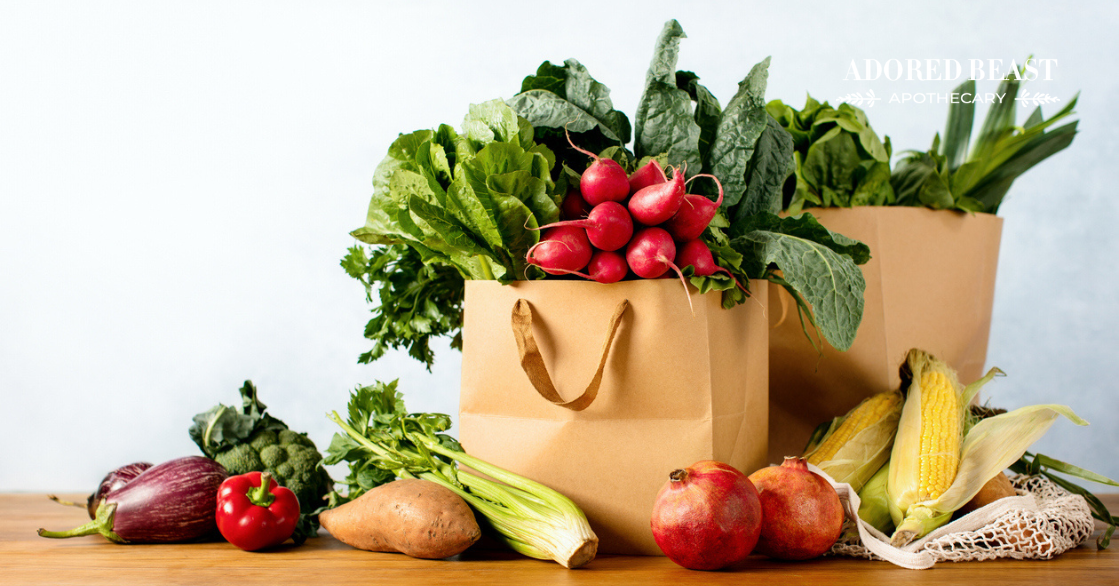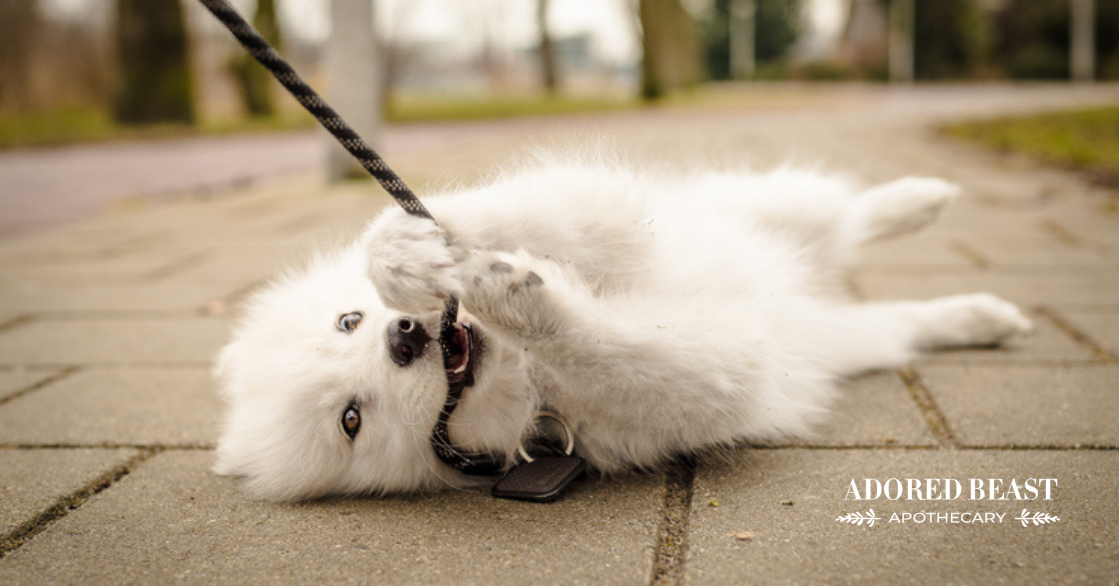Let’s face it – right now, food is expensive. Any food. Our food, our pets’ food – it’s all climbing at a rate many of us can hardly keep up with.
And since we all want to feed the absolute best to our family members – two- and four-legged – that can make things tough.
So, this week, our goal is simply to help you make the choices that save money but still offer the best ingredients – for your entire family. Whether you feed a fully fresh food diet or just add some fresh to kibble, when it comes to feeding fresh food on a budget, we can save money and make healthy choices!
Making Smart Choices
Here at ABA, we’ve talked about all kinds of fruits and vegetables in the past. We’ve shared recipes and recommended the ones we love for benefits ranging from prebiotics to antioxidants. We love adding colour and variety to our animals’ meals, feeding according to the seasons, and having a little fun with it.
And often we say to buy organic and local. The pesticides and chemicals in food can be really terrible for our health (ours and our animals’). For example, Glyphosate – the most commonly used “weed killer” around the world – has been linked to everything from endocrine disruption to cancer. Trying to stay away from these chemicals is really important. Buying organic and local can help minimize that risk!
But with prices as they are, sometimes that can be prohibitive. Organically grown foods are almost always more expansive than non-organic.
So, if you want to offer fruits and veggies, but don’t want to deal with the risks, what’s the solution?
Base your choices on the ‘Clean 15’ and the ‘Dirty Dozen.”
The what?
The Clean 15 and the Dirty Dozen
The ‘Clean 15’ and the ‘Dirty Dozen’ are two lists that the Environmental Working Group compiles of the most and least contaminated produce each year.
And they can come in handy when feeding fresh food on a budget. If you want to save by not buying organic, pick from the Clean 15 list and avoid the Dirty Dozen!
The 2024 Clean 15 are the least contaminated foods – they had the lowest amounts of pesticide residues, according to EWG’s analysis of the most recent USDA data:
- Avocados
- Sweet corn
- Pineapple
- Onions**
- Papaya
- Sweet peas (frozen)
- Aparagus
- Honeydew melon
- Kiwi
- 10.Cabbage
- 11.Watermelon
- 12.Mushrooms
- 13.Mangoes
- 14.Sweet Potatoes
- 15.Carrots
And the 2024 Dirty Dozen are the most contaminated with pesticides:
- Strawberries
- Spinach
- Kale, Collard, & Mustard Greens
- Grapes**
- Peaches
- Pears
- Nectarines
- Apples
- Bell & Hot Peppers**
- 10.Cherries
- 11.Blueberries
- 12.Green Beans
**These picks are not ideal for our pets – but are safe for us. No sharing please.
Other Budget-Friendly Tips
Here are a few more tips for feeding fresh food on a budget:
- Buy in bulk and freeze your extras. If you find a deal on organic fruits or vegetables, or even picks from the Clean 15 list, but in bulk and freeze them.
- Consider the “imperfect options.” Our local grocery store offers “ugly” fruits and veggies (those ones that don’t look perfect). They’re not bad, they’re just misshapen. But since they’re often passed over, the store offers them for a reduced price.
- Buy local. Get to know the farmers in your area and if they practice organic farming, you may be able to work with them for better prices than the grocery store! The same goes for proteins. Speak to your local butcher to see what options they have.
- Opt for frozen organic over fresh. For example, in our house, we buy a large bag of frozen organic blueberries, rather than small containers of fresh organic. The large frozen bags are much cheaper, and they last way longer!
- Consider a simple backyard garden. Even 1-2 different veggies can provide you with organic variety throughout the summer months.
- Go with homemade options. Make things like fermented vegetables and dehydrated liver treats at home, rather than buying them.
Times seem to be getting tougher, and our bank accounts could use a helping hand. If you are trying to balance it by looking for ways of feeding fresh food on a budget, these tips will help. There are many ways to provide the food our families (2- and 4-legged) want and need.












![[RESEARCH] Is Herbicide Safe for Dogs?](https://blog.adoredbeast.com/wp-content/uploads/2025/06/herbicides-safe-for-dogs-103x55.png)